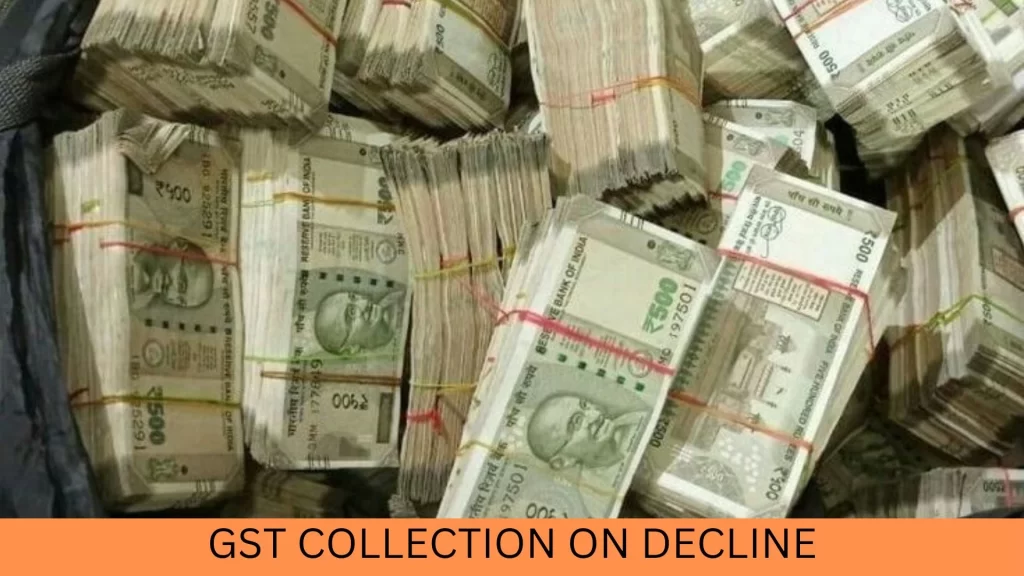India’s net Goods and Services Tax (GST) growth rate in December 2024 plummeted to 3.3%, the slowest in the fiscal year 2024-25. Gross inflows dipped to a three-month low, reflecting the challenges of a slowing economy and increased taxpayer refunds.
The gross GST collections for December, representing transactions from November, stood just shy of ₹1.77 lakh crore, growing 7.3% compared to December 2023. This marks only the second time in 43 months that growth has slowed to this level. The last such declines occurred in June 2024 (7.3%) and September 2024 (6.5%).
Net GST collections, after adjusting for refunds, reached ₹1,54,366 crore. A significant 45.3% increase in refunds contributed to this moderation, with payouts reaching ₹22,490 crore.
Domestic and import tax revenues experienced deceleration. Revenues from domestic transactions grew by 8.4% in December, compared to 9.4% in November. Tax revenues from imports slowed to 3.9% growth, down from November’s 5.9%.
In contrast, refunds to exporters surged 64.5%, while domestic transaction refunds rose by 31%. This compares unfavourably to November, where refunds dropped by 8.9%, contributing to an 11.1% growth in net collections.
Cumulatively, net GST revenues for the first three quarters of 2024-25 have grown by 8.6%, amounting to nearly ₹14.45 lakh crore. However, this is below the 11% growth rate anticipated in the Union Budget.
The subdued growth aligns with trends in India’s Gross Domestic Product (GDP). “GST revenue growth reflects the broader economic slowdown,” said Abhishek Jain, indirect tax head and partner at KPMG. “With GDP growth expected to improve in the last quarter, GST collections may also pick up.”
Disparities among states were prominent in December’s GST performance. Four states reported declines in GST revenues compared to seven in November. Arunachal Pradesh suffered the steepest drop (-27%) for the third consecutive month, followed by Meghalaya (-12%). Manipur’s revenue contraction doubled to 8%, while Andhra Pradesh reported a 6% dip, an improvement from November’s 10% decline.
Among the 14 states reporting growth of 8% or more, Sikkim (30%), Haryana (28%), and Punjab (22%) led the pack. However, 12 states, including large contributors like Uttar Pradesh, Bihar, West Bengal, Gujarat, and Madhya Pradesh, posted below-par growth rates ranging from 1% to 4%.
“The below 5% increase in major states like U.P., Bihar, W.B., Gujarat, and M.P. is concerning,” observed M.S. Mani, partner at Deloitte India. “Policymakers may need to examine the sectoral composition of GST collections in these states to identify underlying causes.”
Tamil Nadu emerged as a bright spot among larger states, showing the highest growth in GST collections during the first half of 2024-25.
While December’s slump in GST growth reflects economic headwinds and rising refunds, experts are cautiously optimistic about a potential recovery. The final quarter of 2024-25 could see improved collections if GDP growth regains momentum. For now, policymakers face the dual challenge of addressing regional disparities and ensuring that refunds, while necessary, do not undermine overall revenue growth.




